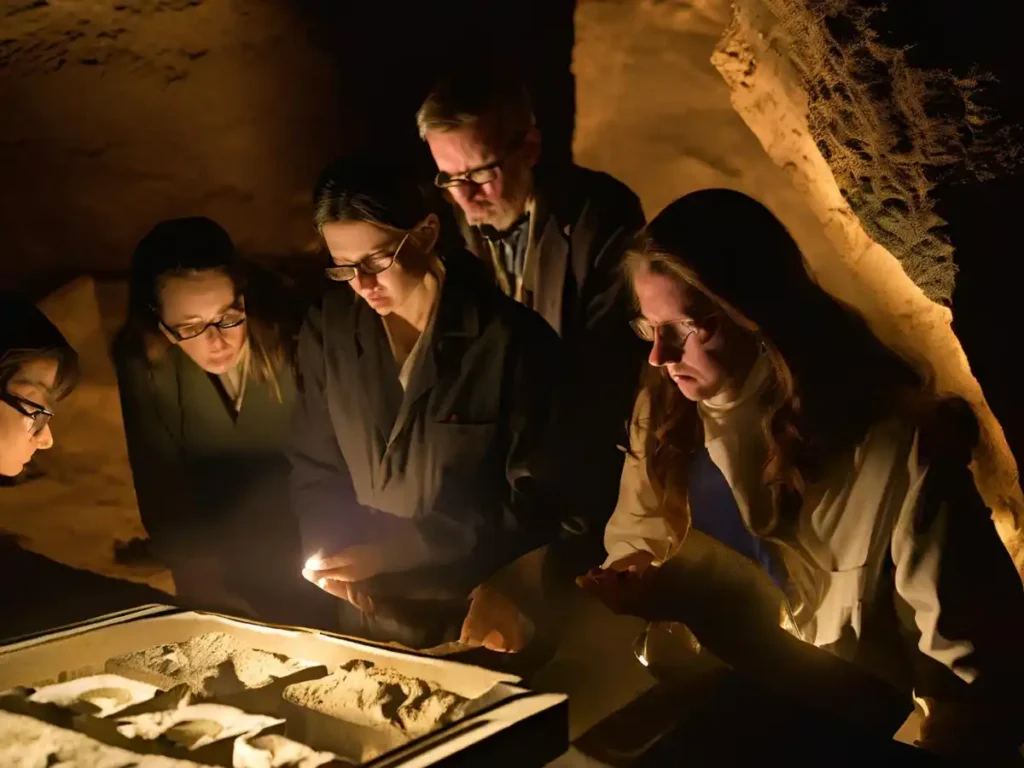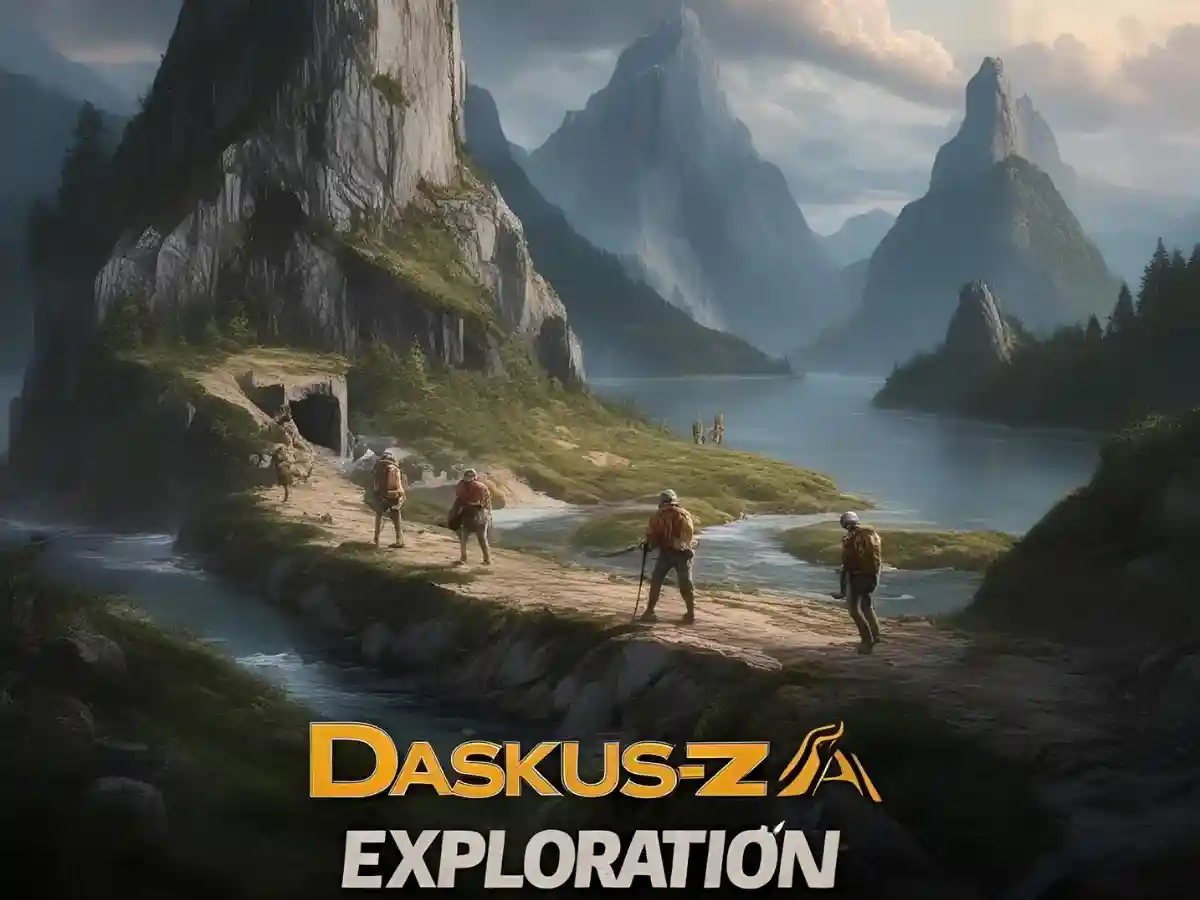Few places ignite the imagination quite like Daskusza in the vast and ever-intriguing world of history and adventure. Tucked deep within a landscape largely untouched by modern tourism, this mysterious region has remained an enigma for centuries.
While it may not yet be a household name, Daskusza quietly captures the hearts of explorers, scholars, and dreamers who seek the rare blend of untamed nature, ancient history, and cultural richness.
Whether you’re lured by its stunning wilderness, its whispered legends of lost civilizations, or its potential to rewrite history books, Daskusza exploration promises a journey like no other. Let’s dive deep into its geography, mystery, and the evolving efforts to uncover its secrets.
Where Exactly Is Daskusza?
Daskusza is believed to be situated in Eastern Europe, straddling the remote fringes of the Carpathian Basin. Its landscape is framed by dense forests, scenic hills, alpine plateaus, and scattered ancient ruins. Though easily accessible via regional train networks, the region’s ruggedness and authenticity have kept mass tourism at bay — preserving its raw, untouched spirit.
Surrounding Daskusza are tiny, traditional villages, each with distinct dialects and customs. They offer immersive local experiences that feel like stepping into another era.
However, here’s where the story deepens: some scholars argue that “Daskusza” might not be confined to a single location. Instead, historical references hint at various sites across Central Asia, the Pamir Mountains, and even Eastern Siberia. Satellite imagery and drone surveys have tried to match ancient descriptions — landmarks like the Tomb of Seven Arches, the Lake of Cracked Mirrors, and the Rootless Trees of Daskusza — but definitive proof remains elusive.
The Mysterious Origins of Daskusza
The term “Daskusza” first surfaced in 19th-century travel journals, often attached to stories of secret mountain passes, hidden settlements, and indigenous groups resistant to outside influence. Some historians trace the word’s roots to Slavic languages; others think it could be a hybrid term blending Caucasian and Central Asian dialects.
Early accounts described Daskusza as a place “surrounded by geological oddities and natural defenses” — almost like a natural fortress lost to time. There are even claims that artifacts found in the area predate ancient civilizations like Mesopotamia or the Indus Valley.
Today, archaeologists remain divided: skeptics call it a myth fueled by explorer fantasies, while believers argue that the consistency across old maps, oral traditions, and new findings suggests Daskusza could be very real — just still waiting to be properly discovered.

Natural Wonders and Wildlife
Beyond its legendary status, Daskusza is undeniably a natural marvel. Expect dramatic valleys, cascading waterfalls, sacred groves, and ancient trade trails cutting through the wilderness. Spring and summer bring carpets of wildflowers, turning meadows into vivid seas of color.
Crucially, Daskusza supports rich biodiversity. Native species such as lynx, wolves, and golden eagles still thrive thanks to the region’s minimal industrial development. Some remote parts of Daskusza are believed to harbor flora and fauna unique to the area — yet to be fully cataloged by biologists.
For hikers, bird watchers, and photographers, this is paradise. Ancient pathways — once walked by traders and pilgrims — now guide modern adventurers toward hidden lakes and forgotten grottoes.
Cultural and Anthropological Significance
If Daskusza’s wilderness is a feast for the senses, its culture is a feast for the mind.
Local traditions remain strong, with storytelling, dance, and rituals tied closely to the lunar calendar and agricultural cycles. Festivals celebrating the solstice or harvest are communal affairs filled with color, music, and ancient folklore.
Anthropologists are especially fascinated. Oral histories in some isolated villages speak of a “hidden tribe” possessing advanced astronomical knowledge and healing arts. Some even suggest that Daskusza was once a crossroads for Indo-Aryan, Turkic, and Mongolic peoples, offering tantalizing hints of early Eurasian migration patterns.
Recent linguistic studies have uncovered surprising links between Caucasian mountain chants and Altai region dialects, further deepening the mystery.
If material evidence — inscriptions, tools, written records — is ever definitively uncovered, Daskusza could change our understanding of ancient cultural exchanges forever.
Modern Expeditions: Technology Meets Tradition
Exploring Daskusza today isn’t just about rugged trekking. New technologies like LIDAR scanning, ground-penetrating radar, satellite thermal imaging, and AI-assisted terrain modeling are breathing new life into the search.
International teams from Poland, Pakistan, Russia, and Mongolia are working together, pooling data into decentralized archives and even using crowdfunding platforms to support independent expeditions. Some blockchain enthusiasts have created open-source mapping projects devoted entirely to tracking Daskusza leads.
Excitingly, a 2023 expedition led by a Polish geographer and a Kyrgyz historian reported finding ancient inscriptions resembling the long-rumored “Daskuszan glyphs.” Carbon dating results are still pending, but the find has injected new momentum into the global hunt.

Theories and Controversies
As with any great mystery, Daskusza exploration isn’t without its critics. Some scholars argue it’s a 19th-century romantic myth created by explorers hungry for fame. Others worry that modern expeditions might disrespect local traditions or infringe on sovereign tribal territories.
Geopolitical tensions complicate the matter further. Many suspected Daskusza zones lie near sensitive borders or military zones, making access difficult and controversial.
Yet, several indigenous groups have expressed enthusiasm about participating in these discoveries, seeing opportunities for cultural pride, academic partnerships, and even eco-tourism.
The debate rages on: Is Daskusza a myth, a metaphor, or a real place lost to history?
How to Plan Your Daskusza Exploration
Feeling inspired to chase the legend yourself? Here’s what you need to know:
- Best Time to Visit: Late spring through early autumn (May–October) is perfect for hiking, cultural events, and clear skies.
- Getting There: Regional trains and buses reach the gateway villages. Renting a rugged car is best for remote routes.
- Where to Stay: Cozy guesthouses, eco-lodges, and village homestays offer warm hospitality and authentic experiences.
- What to Pack: Durable hiking boots, layered clothing, a translation app or phrasebook, waterproof gear, and your sense of adventure!
FAQs About Daskusza
Q: Is Daskusza family-friendly?
A: Yes! Many cultural activities and easy hikes are great for families, though some rugged trails may be tough for very young kids.
Q: Do I need a guide?
A: For historical sites and deep trails, a local guide is highly recommended — it enriches the experience.
Q: Are entrance fees required?
A: Most sites are free, though donations may be encouraged at monasteries or heritage spots.
Q: Can I visit year-round?
A: Technically yes, but winters are harsh and many places close. Spring to fall offers the best experience.
Q: Is English widely spoken?
A: Basic English is spoken in some towns, especially among younger folks and tour operators. Learning a few local phrases will go a long way!
Conclusion: The Legend Lives On
Whether Daskusza turns out to be a tangible hidden world or an elaborate cultural metaphor, one truth remains: its power to ignite curiosity is real. In a world where GPS can map every corner of the Earth and AI can predict ancient sites, perhaps Daskusza reminds us of something deeper — that some mysteries are worth chasing, even without guarantees.
For those bold enough to follow old maps, ancient songs, and distant trails, Daskusza awaits — real or not, it represents humanity’s timeless quest for wonder, discovery, and meaning.
The next chapter? It could be yours to write.

